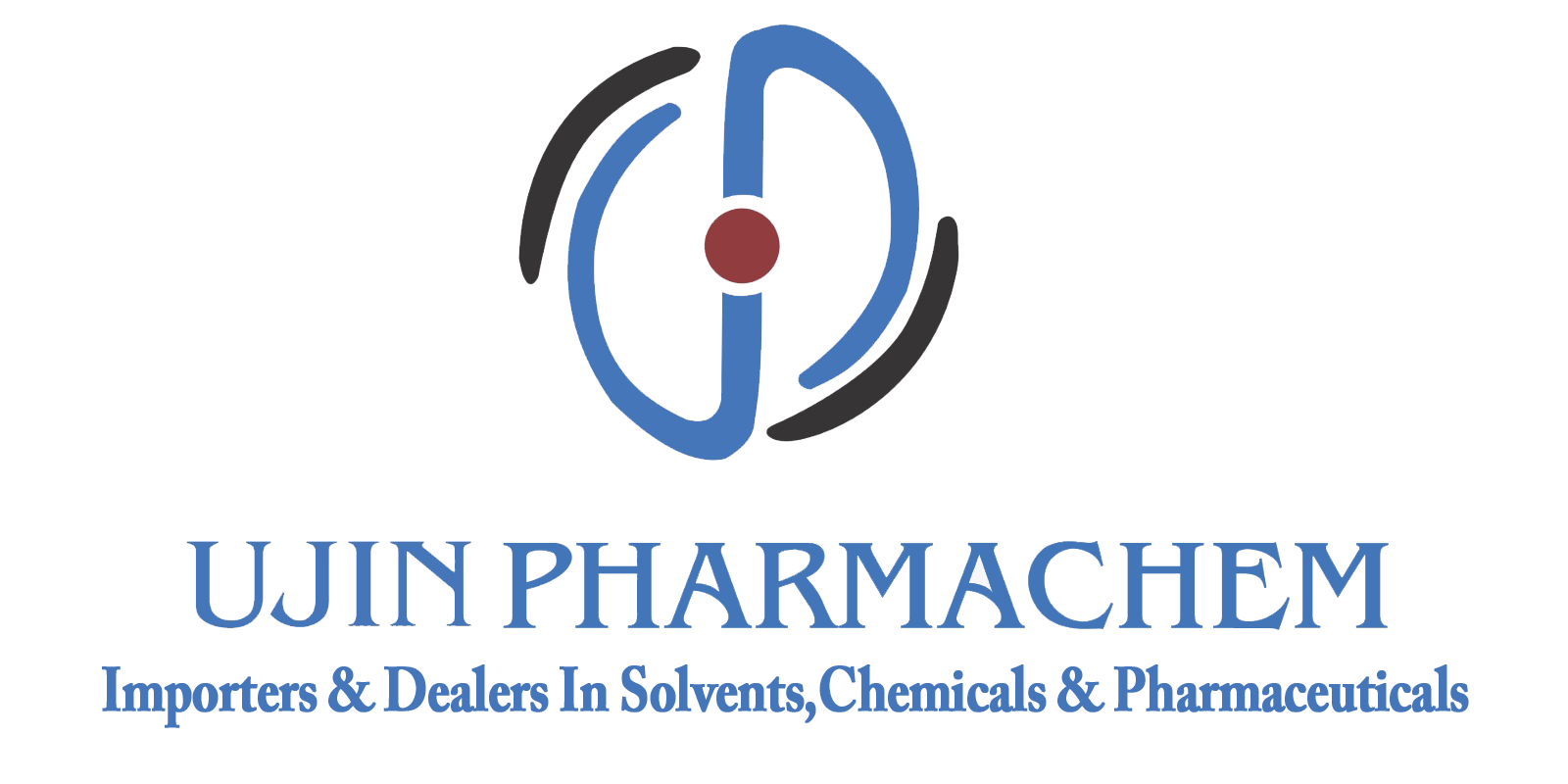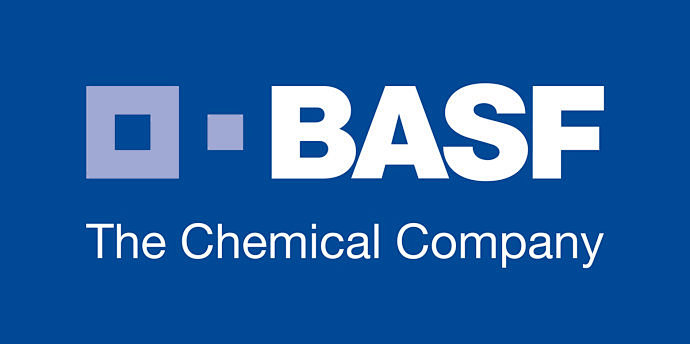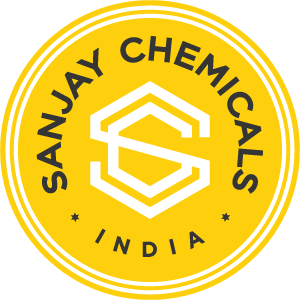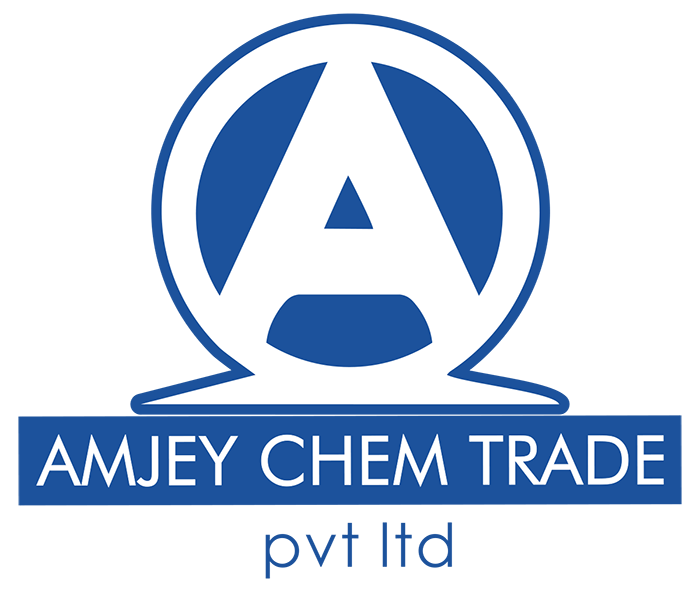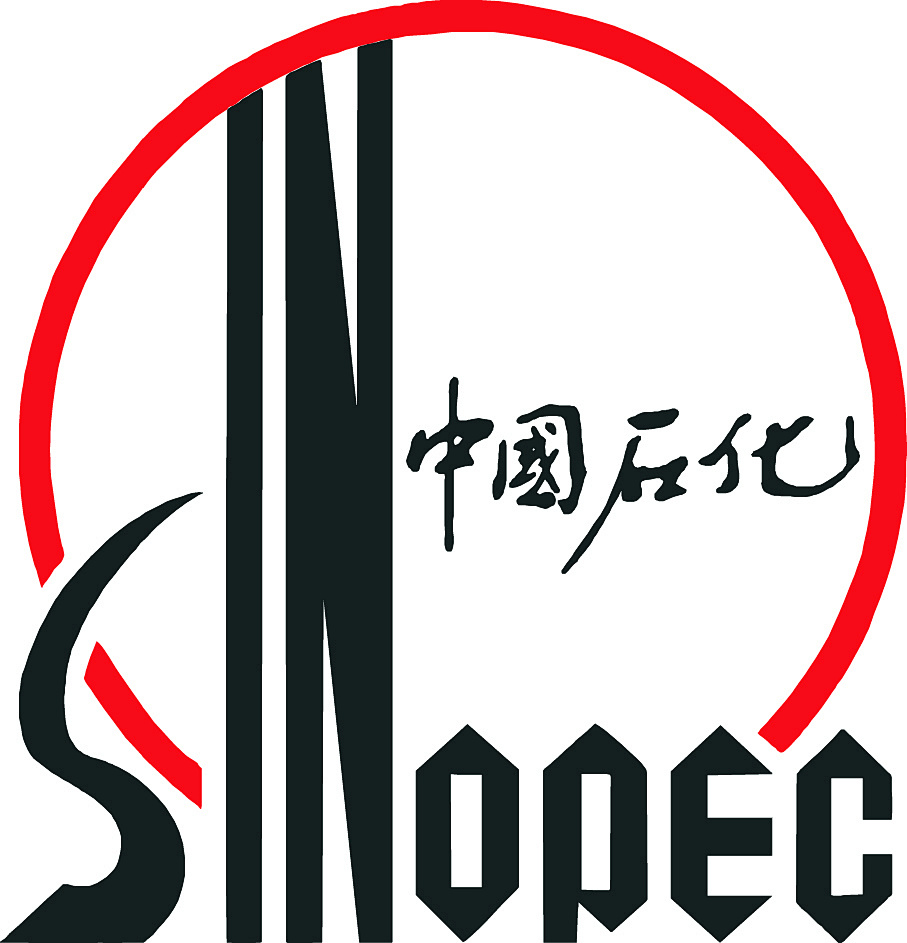control parameter
Hazard composition and occupational exposure limits
Does not contain substances with occupational exposure limits.
Exposure controls
Personal protective equipment
Eye/face protection
Use equipment for eye protection tested and approved under appropriate government standards such as NIOSH (US) or EN 166(EU). Tightly fitting safety goggles
Skin protection
This recommendation applies only to the product stated in the safety data sheet, supplied by us and for the designated use. When dissolving in or mixing with other substances and under conditions deviating from those stated in EN374 please contact the supplier of CE-approved gloves (e.g. KCL GmbH, D-36124 Eichenzell, Internet: www.kcl.de).
Full contact
Material: Nitrile rubber
Minimum layer thickness: 0,4 mm Break through time: 480 min
Material tested:Camatril? (KCL 730 / Aldrich Z677442, Size M)
This recommendation applies only to the product stated in the safety data sheet, supplied by us and for the designated use. When dissolving in or mixing with other substances and under conditions deviating from those stated in EN374 please contact the supplier of CE-approved gloves (e.g. KCL GmbH, D-36124 Eichenzell, Internet: www.kcl.de).
Splash contact Material: Chloroprene
Minimum layer thickness: 0,65 mm Break through time: 120 min Material tested:KCL 720 Camapren?
Body Protection
Flame retardant antistatic protective clothing.
Respiratory protection
Recommended Filter type: Filter A (acc. to DIN 3181) for vapours of organic compounds
The entrepeneur has to ensure that maintenance, cleaning and testing of respiratory protective devices are carried out according to the instructions of the producer.
These measures have to be properly documented.
Control of environmental exposure
Do not let product enter drains. Risk of explosion.
Exposure limits
TLV-TWA (200 ppm); (500 mg/m3); STEL 250 ppm (625 mg/m3); IDLH 4000 ppm.
![]() +086 1911-7288-062 [ CN ]
+086 1911-7288-062 [ CN ]
































































































